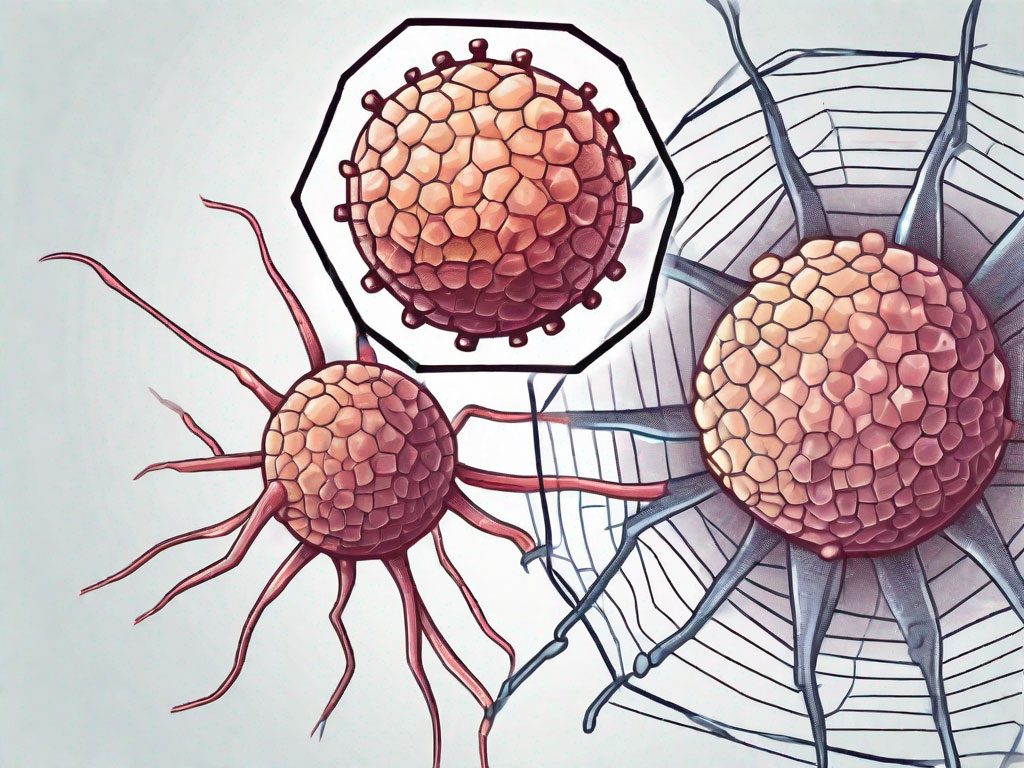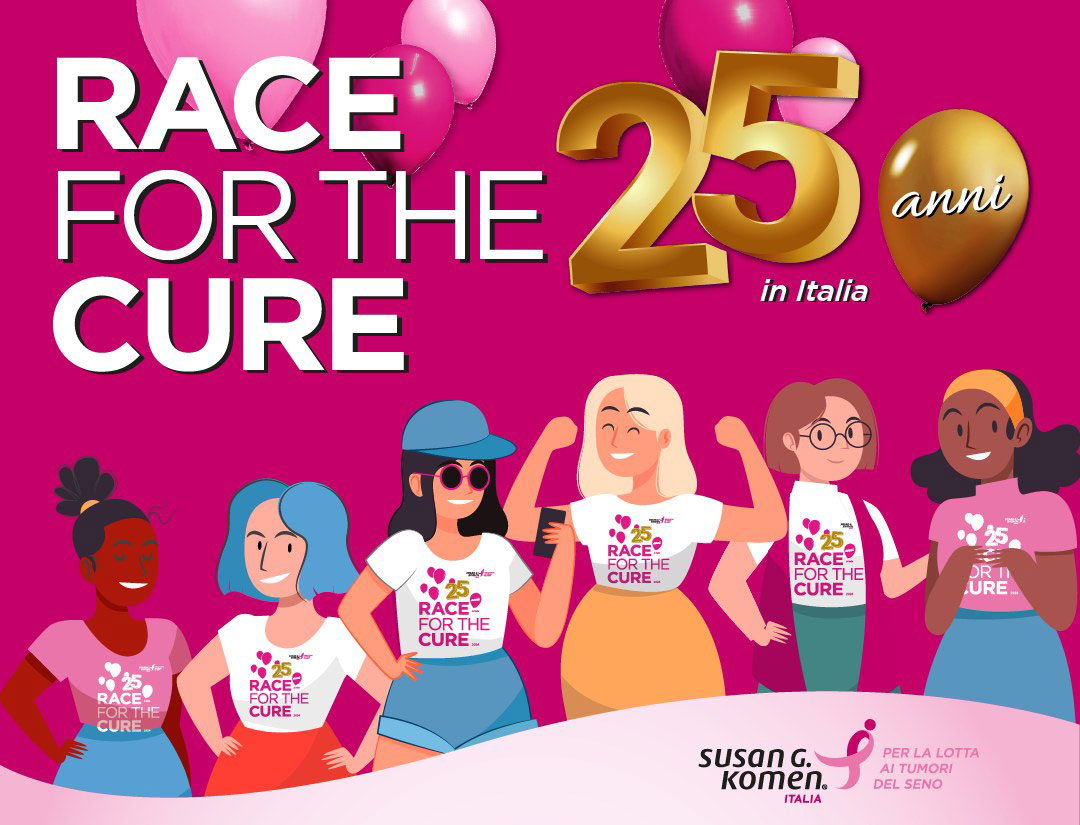A Comparison of Similarities and Differences of Herpes and HPV
So before jumping in, you may be asking what Herpes and Human Papillomavirus (HPV) are. Well, let me tell you everything you need to know about the two viruses. Both infections hold many similarities but are extremely different, which is vital to understanding the distinctions. Herpes is an extremely contagious infection that spreads through direct contact. Herpes causes blisters or sores in the mouth or on the genitals and is spread from person to person through direct contact with sores. HPV, the most common form of sexually transmitted infection, is a virus spread through sexual contact, by vaginal, anal, or oral sex, with an infected person. Or can spread just by direct skin-to-skin contact during sexual contact. There is usually confusion between the two STIs due to similar modes of transmission and overlapping symptoms, but they are vastly different infections.
Shared Trait Qualities
While both Herpes and HPV are vastly different Sexually Transmitted Infections (STIs) there are various shared similar qualities between the two.
Similarities:
- Mode of Transmission
- Both are spread through the same modes of transmission. Commonly spread through direct skin-to-skin contact, usually during sex.
- No Cure
- There is no cure for HPV or herpes, so unfortunately those infected with either STI have it for the rest of their lives.
- Practice Safe Sex
- Practicing safe sex is always a helpful factor in reducing the spread of HPV and herpes, and STIs in general. Using condoms aids in lowering the risk of transmission through sexual contact. Discuss sexual history with partners, so you are aware of higher risks of spread. Get tested regularly too, just to be sure!
Vital Distinctions
Among the similarities, there are more differences between the two STIs, and it is extremely important to understand these vital distinctions.
Differences:
- Understanding Symptoms
- Herpes:
- Can appear as painful and itchy sores or blisters in the genital or oral area. Usually followed by flu-like symptoms, such as fatigue, fever, and body aches.
- HPV:
- Can appear as genital warts, which look like small, skin-colored bumps located in the genital area. They can be flat or raised on the surface and the warts can range in number and size. In addition, cancer is associated with a specific strain of HPV and can lead to cancer over time. Especially in women, there is a higher risk of cervical cancer occurring after being diagnosed with HPV.
- Herpes:
- Causation of Viruses
- Both are caused by different viruses, herpes is caused by HSV, and there are two strains. Mainly HSV-1 (oral herpes) and HSV-2 (genital herpes). While on the other hand, HPV is caused by human papillomavirus, which has over 100 various strains.
- Treatment Protocols
- Herpes is typically treated with antiviral medications that aid in reducing symptoms, decreasing the risk of virus transmission to someone else, and managing the virus before an outbreak occurs. While for HPV there are ways to manage symptoms, there is no cure, besides vaccination as the primary prevention method.
- Primary Prevention Measure
- There is an HPV vaccination that aids in preventing the occurrence and spread, but unfortunately, there is no current vaccination available for herpes.
Conclusions
Now you know! While both infections cause genital systems, they are rooted in different causes. When symptoms arise or you worry about having an STI, you know the similarities and differences between HPV and Herpes. The differences are vital to know when considering the possibilities of having one of the two STIs, especially since one is significantly more harmful. Also, for prevention, detection, and management of infections. If any concerning symptoms arise, please reach out to your General Practitioner or make a visit to your local Emergency Room to get checked out! Any concerns at all, please get tested. Better safe than sorry practice safe sex and get vaccinated!




